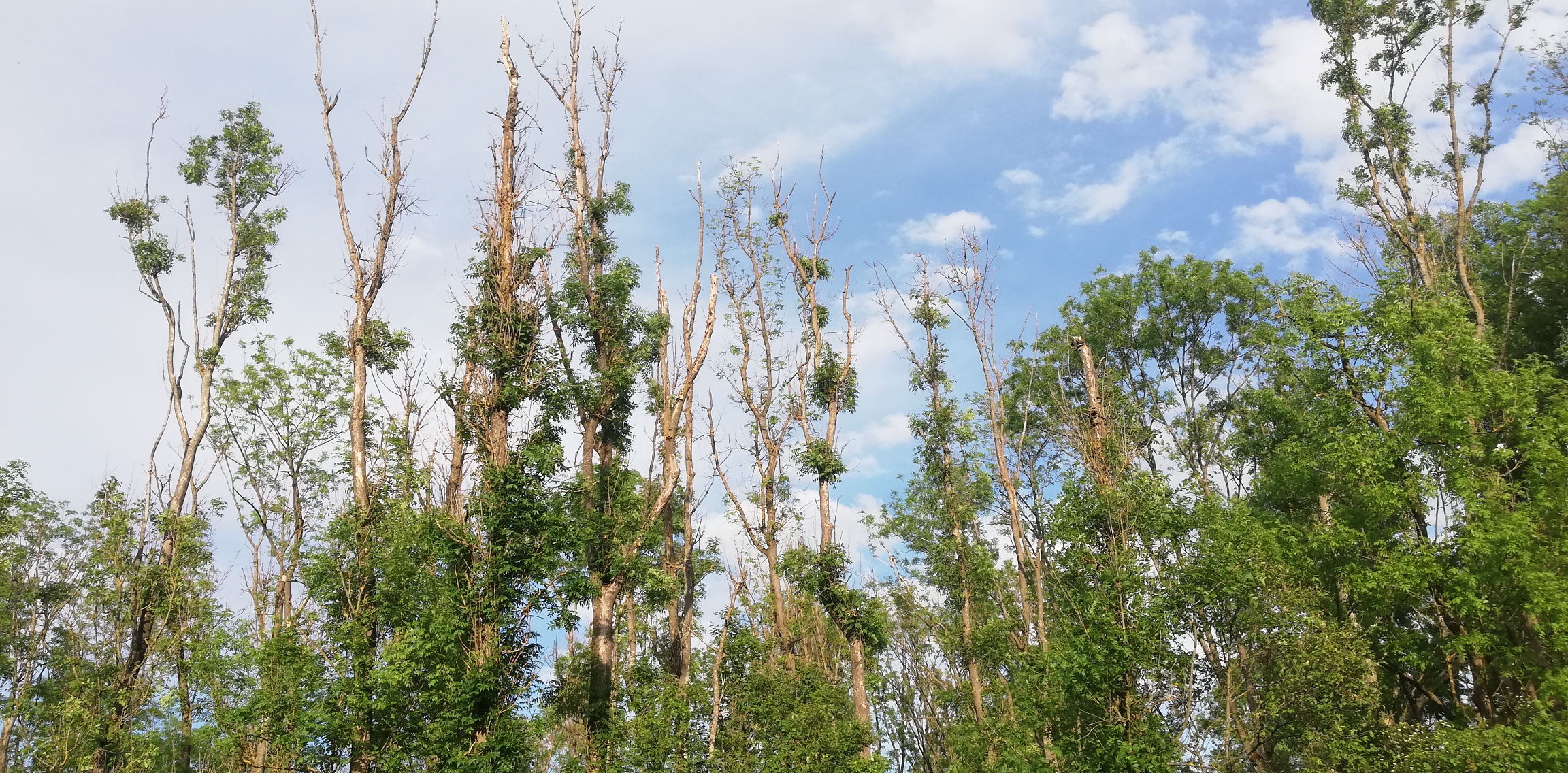
FlashForest
Quantifying the impacts of lightning strikes on forest dynamics and carbon storage
using a dynamic global vegetation model
How does lightning affect forests?
Lightning strikes Earth thousands of times each day, posing significant threats to infrastructure, humans, animals, and plants. The indirect impacts of lightning strikes on vegetation by igniting wildfires are well-known. In remote boreal forests, lightning-induced wildfires account for a substantial portion of the total burned area (Veraverbeke et al., 2017). Additionally, lightning strikes also directly damage and kill trees. These direct impacts often go unnoticed because field surveys are infrequent and visible signs of lightning damage are often absent. Consequently, lightning-related tree mortality is often attributed to other causes. However, recent research found that lightning is a major cause of large tree mortality in tropical forests and that tree species differ in their vulnerability to lightning strikes (Richards et al., 2022). Also in some temperate forests, lightning is assumed to be an important cause of mortality (Outcalt, 2008). Projected increases in lightning frequency could therefore have severe consequences for forest structure, composition, and carbon storage.


Representing lightning-induced mortality in vegetation models
Dynamic global vegetation models are widely used to study how terrestrial ecosystems respond to environmental changes (e.g. Krause et al., 2019). These models simulate processes such as tree establishment, competition, and mortality. However, while some models represent lightning-ignited wildfires (Krause et al., 2014), none currently account for direct lightning damage and mortality. This omission likely introduces biases in the simulated forest structure and composition and raises doubts about the reliability of future carbon cycle projections. The project FlashForest aims to incorporate lightning-induced tree mortality into the LPJ-GUESS dynamic global vegetation model to explore the global importance of lightning for forest ecosystems and to assess the ecological impacts of future changes in lightning activity.
Where does lightning occur most often?
Lightning strikes can be observed from satellite or using ground-based sensors. Overall, lightning activity is much higher over land areas than over oceans and higher in the tropics than in mid and high latitudes. The global hotspot in total lightning frequency is in Central Africa, with secondary maxima in Southern America, Southeastern Asia and the Southeastern US. However, the fraction of lightning strikes that reach the ground (cloud-to-ground lightning) is typically lower in the tropics than in the extratropics. Over the year, lightning activity follows the sun, resulting in peak global lightning activity during northern hemisphere summer.
